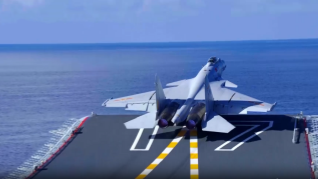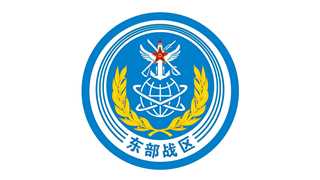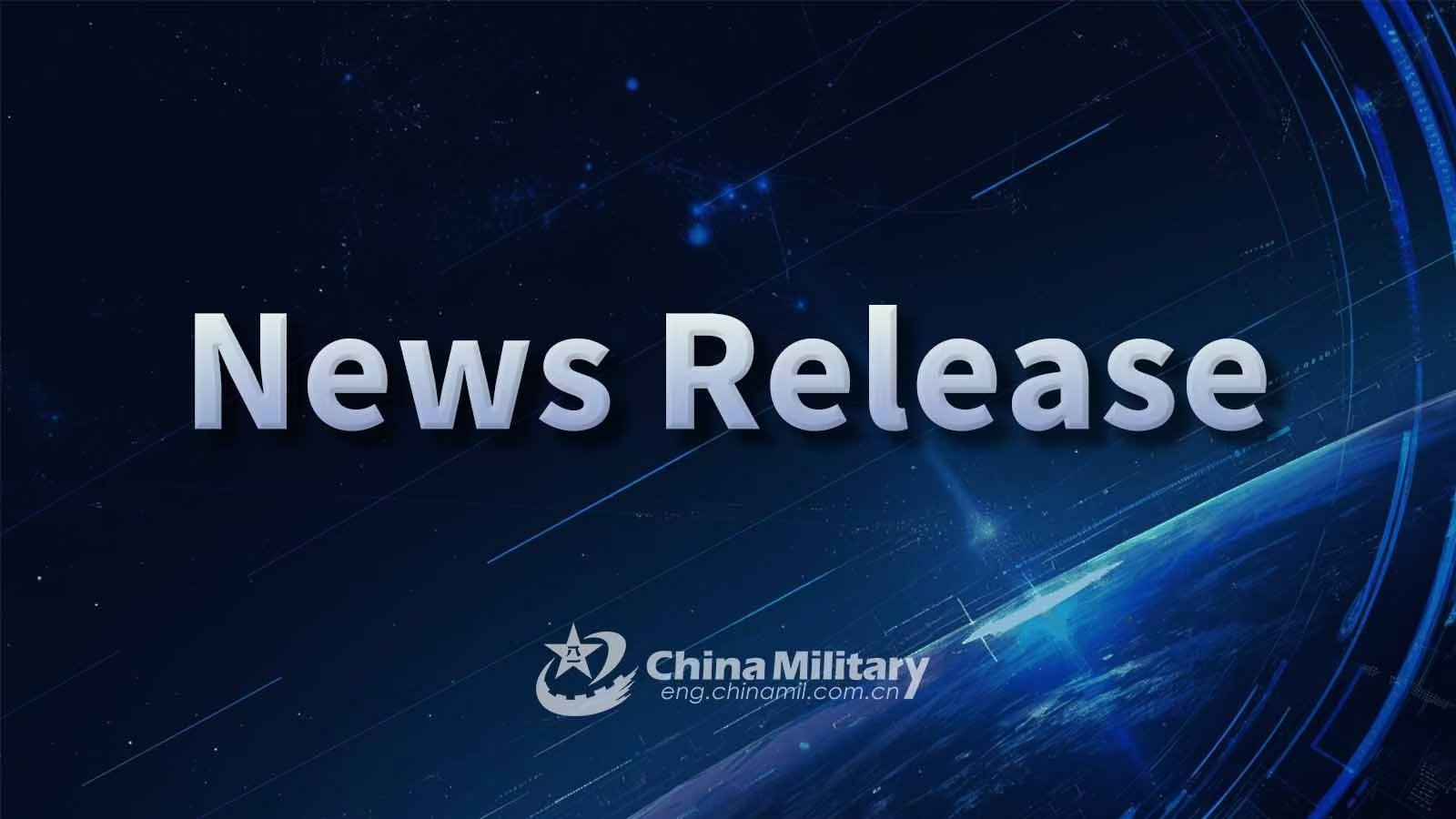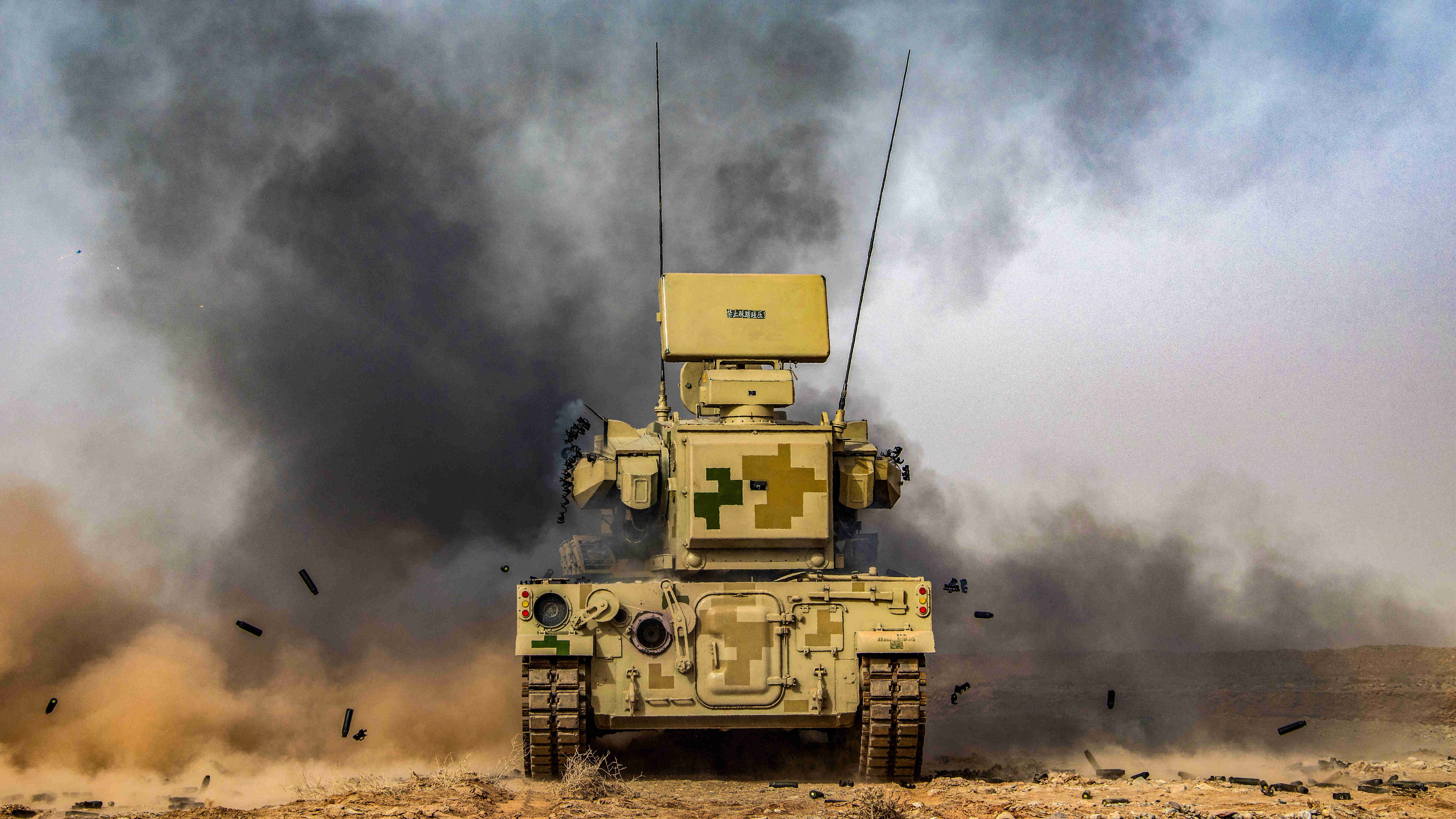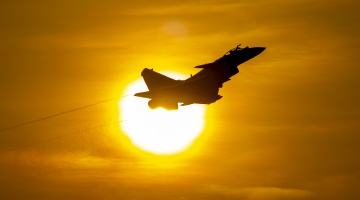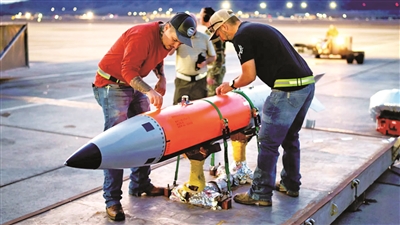
This is a picture of the B61 nuclear bomb released by Sandia National Laboratories in the US.
By Wang Daning
Recently, many European countries have been vocal on the issue of "nuclear armament" with the rapid changes in the situation of the Russia-Ukraine conflict and the relationship among the US, Europe, and Russia. The security anxiety and nuclear possession rhetoric of European countries have quickly spread to the Asia-Pacific allies of the US, triggering widespread concerns about nuclear proliferation.
On March 7, Polish Prime Minister Donald Tusk said that Poland should be seeking to gain access to the most advanced capabilities, including those linked with nuclear arms and state-of-the-art non-conventional weapons. On March 12, Polish President Andrzej Duda called on the US to deploy nuclear weapons in Poland in response to possible actions by Russia.
The "nuclear armament" has also been frequently mentioned in the Asia-Pacific region, particularly in Japan and the ROK. The ROK has publicly stated that it may deploy tactical nuclear weapons or develop its nuclear arsenal. Similarly, Japan has suggested discussing arrangements like NATO's nuclear sharing arrangements. Japan also deleted references to its previous Three Non-Nuclear Principles from its national report submitted to the Nuclear Non-Proliferation Treaty (NPT) Review Conference. Additionally, Australia is seeking to revive its nuclear weapons program from the 1970s.
A report released by the Stockholm International Peace Research Institute (SIPRI) in 2022 predicted that the global nuclear arsenal would rebound within the next decade. The trend of continuous reduction in the number of nuclear warheads since the 1980s would change, and the global nuclear disarmament process might usher in an important turning point. Many experts believe that Japan and the ROK in Asia, as well as Germany, Italy, the Netherlands, Poland, Sweden, and Norway in Europe, are "nuclear threshold states" as they are technically capable of developing nuclear weapons if provided with sufficient time and resources. Once the above-mentioned "nuclear threshold states" cross the threshold, the regional security situation will change dramatically.
It is generally believed that the primary reason for the sudden rise in the risk of nuclear proliferation is the strategic shift of the Trump administration and the negative effects of the "nuclear sharing" mechanism led by the US. The essence of the "nuclear sharing" model is an "extended nuclear deterrence" arrangement between the US and NATO allies, where the US conditionally transfers partial control of its nuclear weapons to non-nuclear NATO member states. This arrangement fundamentally undermines the international nuclear non-proliferation system.
Recently, the Trump administration has drastically shifted its stance on the Russia-Ukraine conflict and deliberately downplayed its security commitments to allies, triggering a crisis of trust within NATO. As a result, the security anxiety of European countries has quickly spread to the Asia-Pacific allies of the US, leading to frequent discussions about "nuclear armament."
Analysts point out that as the US shifts toward "new isolationism," some countries may leverage US power to deploy nuclear weapons on their territory and gradually develop independent nuclear capabilities. Once a country crosses the line, it could trigger a "broken windows effect" and a chain reaction. Other countries, especially neighboring ones, will follow suit and the risk of preventive strikes and even nuclear confrontation will escalate.





